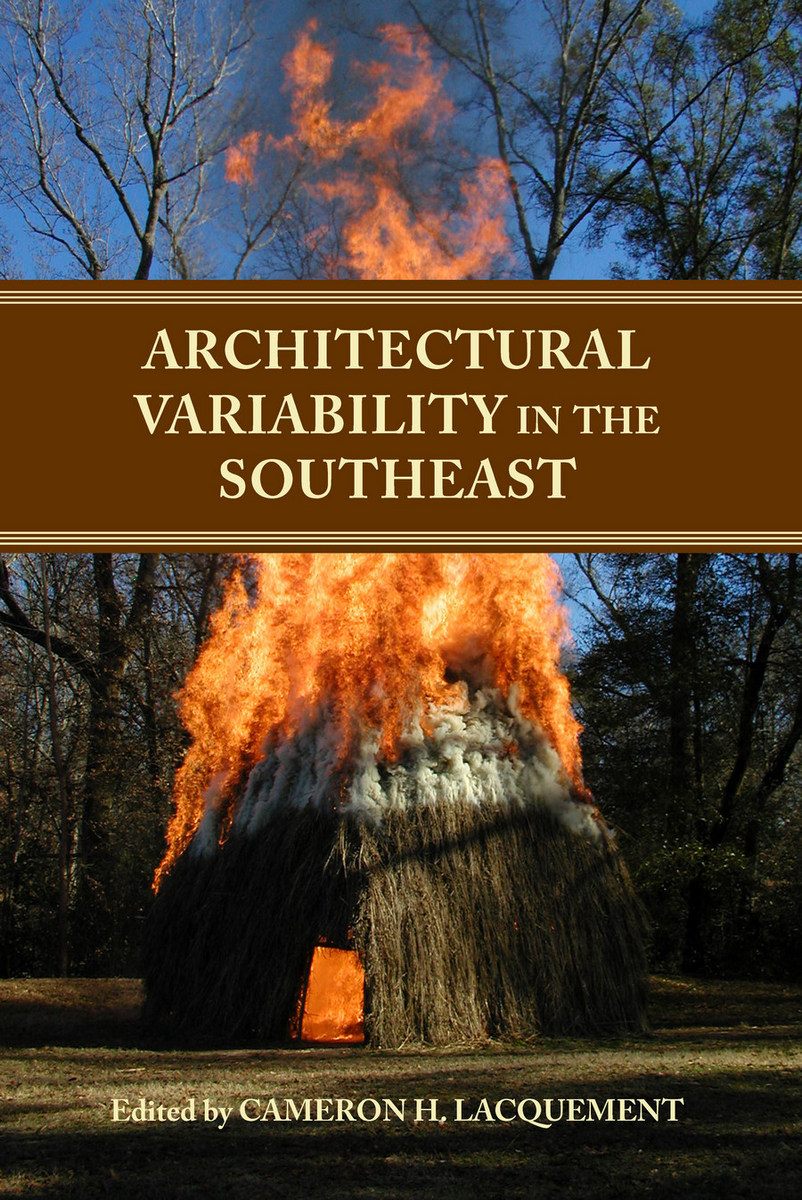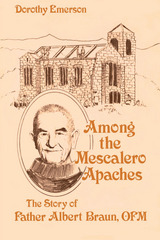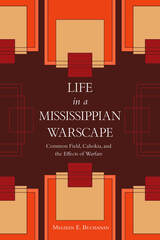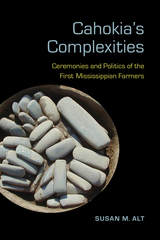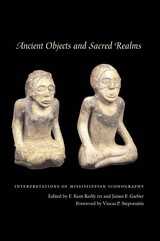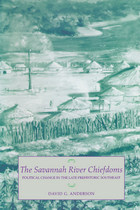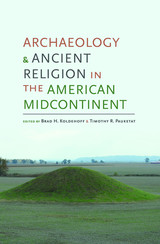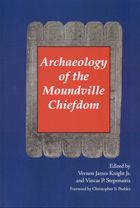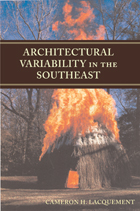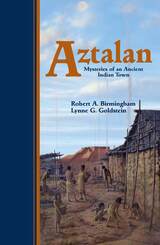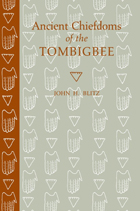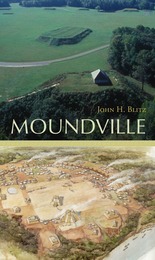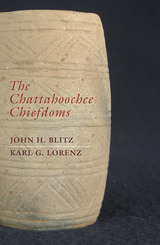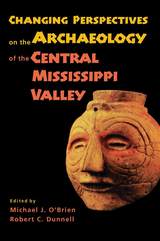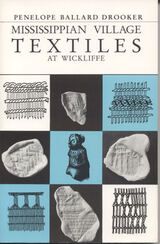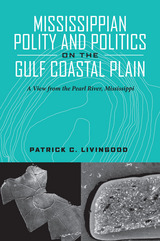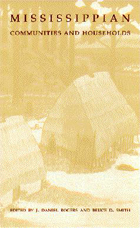Architectural Variability in the Southeast
University of Alabama Press, 2007
Cloth: 978-0-8173-1591-7 | Paper: 978-0-8173-5459-6 | eISBN: 978-0-8173-8201-8
Library of Congress Classification E99.M6815A74 2007
Dewey Decimal Classification 720.9750902
Cloth: 978-0-8173-1591-7 | Paper: 978-0-8173-5459-6 | eISBN: 978-0-8173-8201-8
Library of Congress Classification E99.M6815A74 2007
Dewey Decimal Classification 720.9750902
ABOUT THIS BOOK | AUTHOR BIOGRAPHY | REVIEWS | TOC
ABOUT THIS BOOK
Research into a millennium of Native American architecture in the Southeast
Some of the most visible expressions of human culture are illustrated architecturally. Unfortunately for archaeologists, the architecture being studied is not always visible and must be inferred from soil inconsistencies or charred remains. This study deals with research into roughly a millennium of Native American architecture in the Southeast and includes research on the variation of construction techniques employed both above and below ground. Most of the architecture discussed is that of domestic houses with some emphasis on large public buildings and sweat lodges. The authors use an array of methods and techniques in examining native architecture including experimental archaeology, ethnohistory, ethnography, multi-variant analysis, structural engineering, and wood science technology. A major portion of the work, and probably the most important in terms of overall significance, is that it addresses the debate of early Mississippian houses and what they looked like above ground and the changes that occurred both before and after the arrival of Europeans.
Some of the most visible expressions of human culture are illustrated architecturally. Unfortunately for archaeologists, the architecture being studied is not always visible and must be inferred from soil inconsistencies or charred remains. This study deals with research into roughly a millennium of Native American architecture in the Southeast and includes research on the variation of construction techniques employed both above and below ground. Most of the architecture discussed is that of domestic houses with some emphasis on large public buildings and sweat lodges. The authors use an array of methods and techniques in examining native architecture including experimental archaeology, ethnohistory, ethnography, multi-variant analysis, structural engineering, and wood science technology. A major portion of the work, and probably the most important in terms of overall significance, is that it addresses the debate of early Mississippian houses and what they looked like above ground and the changes that occurred both before and after the arrival of Europeans.
See other books on: Dwellings | Lafferty, Robert H. | Mississippian culture | Southeast | Sullivan, Lynne P.
See other titles from University of Alabama Press
